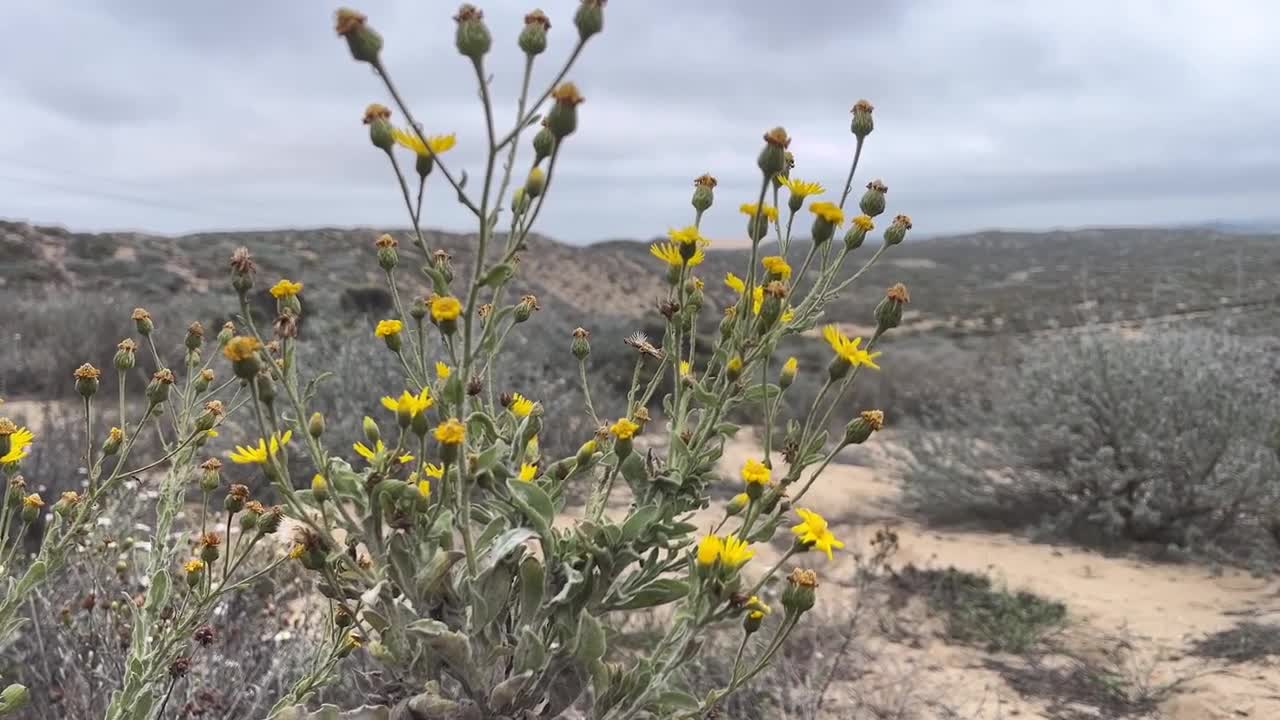Chevron is donating approximately 2,700 acres of land near the Guadalupe-Nipomo Dunes to the U.S. Fish and Wildlife Service, doubling the size of the Guadalupe-Nipomo Dunes National Wildlife Refuge.
“It's going to be a great benefit to the community and the entire region,” said Erika Weber, Executive Director for the Guadalupe-Nipomo Dunes Center. “I can honestly envision a time when it becomes a real tourist destination for people from all over the country to visit this national wildlife refuge.”
The area was a working oil field from the late 1940s to the mid-1990s.
After oil production stopped, the oil company Unocal, now part of Chevron, was ordered by the Central Coast Water Board to repair the area and remove diluent, a liquid used to dilute crude oil, from the soil.
During production years, Chevron estimates around 9 million gallons of diluent were released into the environment.
“For the past 30 years, the Guadalupe Restoration Project has been working to remediate environmental impacts from the oil field operations and restore habitat here, this beautiful location on California's Central Coast,” said Jeff Moore, Chevron Environmental Management Company Public Affairs Advisor.
Moore said there have been three stages to restoring the land: taking out the old machinery, removing the soil and water exposed to diluent, then rehabilitating the land with native plants.
He said it’s been impressive to see the change in the scenery.
“I can remember about five years ago standing right where we are right now, looking down and this area was bare,” Moore said. “But we're still not at a point where we're meeting all of the habitat restoration criteria, so this may take a few more years.”
He said they still need to fully rehabilitate some areas by taking out non-native plants, planting native plants and reintroducing animals. Moore said this process can take up to 10 years.
“We're bringing plants that we've grown in our growing facility on site,” he said. “We’re trying to restore the land and meet very strict criteria for that particular type of habitat.”
Moore said they anticipate the work to be finished in the next five years.




